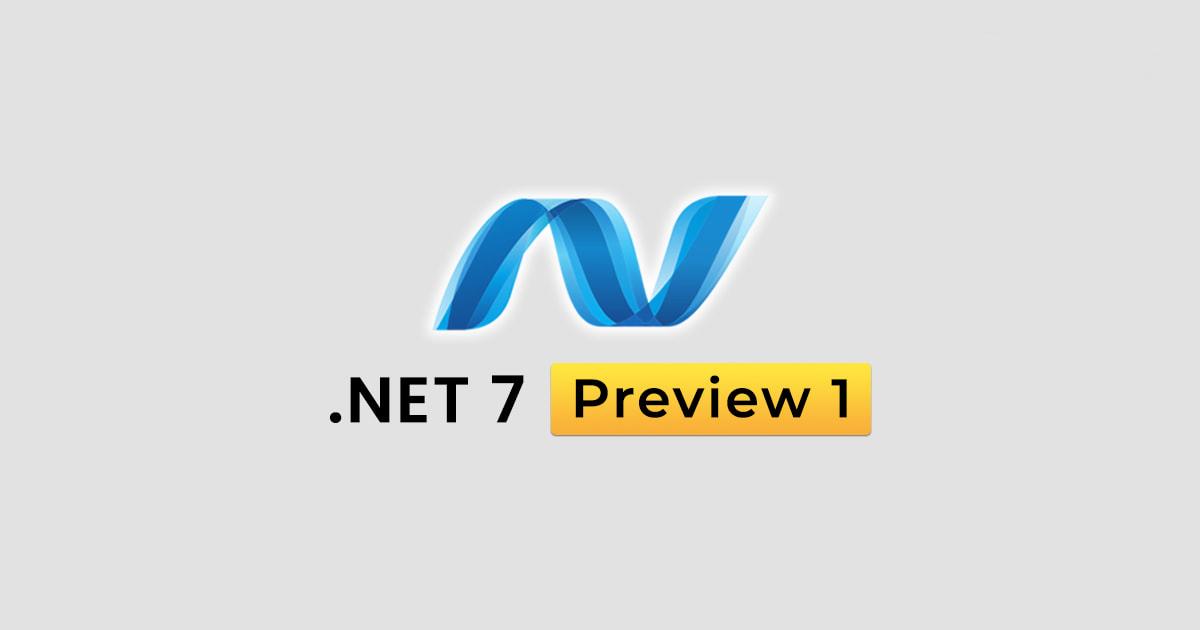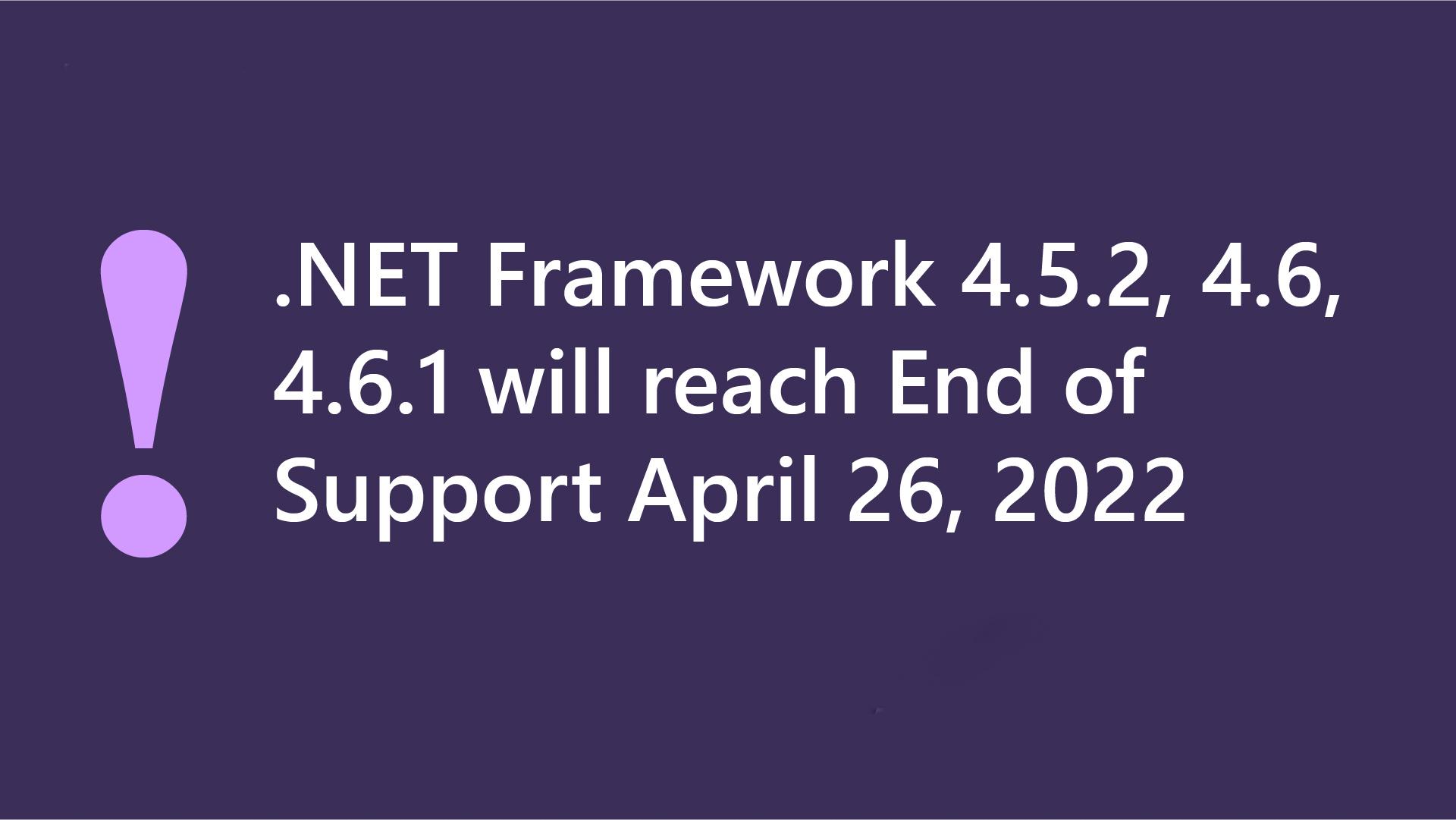.NET is one of the best software development framework and ecosystem designed and supported by Microsoft that allows for easy desktop and web application engineering. It’s a popular free platform which is used for a lot of different types of applications as it provides the programming environment for most software development phases. .NET best suits businesses that look for a wide range of features like web-based services, desktop software, and cloud infrastructure support. .NET provides a lot of features to build applications on Windows, Linux, macOS, iOS, watchOS, Android, tvOS, or using WebAssembly. The platform comes with new APIs, language features, and runtime capabilities.
Recently, Microsoft .NET open source framework just celebrated its 20th birthday and the company is now pushing ahead with a new version, .NET 7. In a blog post, Microsoft said they would be releasing .NET 7 Preview 1 alongside ASP.NET Core Preview 1 and EF7 Preview 1.
“.NET 7 is built on the foundation established by .NET 6, which includes a unified set of base libraries, runtime, and SDK, a simplified development experience, and higher developer productivity,” says Microsoft’s Jeremy Likness. “Major areas of focus for .NET 7 include improved support for cloud native scenarios, tools to make it easier to upgrade legacy projects, and simplifying the developer experience by making it easier to work with containers.”

.NET 7 Preview 1 is now available!. This is the first preview of the next major version of .NET, which will include the next wave of innovations for web development with ASP.NET Core. This .NET 7 Preview 1 is the first of many. .NET 7 preview releases in preparation for the .NET 7 release in November 2022.
In May 2019, the company announced the big release that would tie the ecosystem together: All .NET elements were supposed to be bundled in the .NET 5 development platform. While changes were made to the schedule because of COVID-19, the .NET 5 unified development platform was finally introduced in November 2020. The successor to .NET Core 3.1 and .NET Framework 4.8, .NET 5 puts order into the fragmentation of the .NET world. It includes ASP.NET Core, Xamarin, Entity Framework Core, WPF, WinForms, and ML.NET. While .NET 5 set the unification foundations, the newest .NET 6 version delivered the final parts of it in November 2021, with Visual Studio 2022 released the same day. This is a unified platform for building projects across cloud, browser, IoT, mobile, and desktop environments, enabling all to use the same .NET libraries, SDK, and runtime.
Some headline features of this .NET 7 is the addition of .NET Multi-platform App UI (MAUI). Also, the new tools that will make it easier to build cloud-native apps by simplifying the setup and configuration necessary to implement secure authentication and authorization, and also improving the performance of application startup and runtime execution.
More .NET news

.NET Framework 4.5.2, 4.6, and 4.6.1 will reach End of Support on Apr 26, 2022. After this date, they will no longer provide updates, including security fixes or technical support for these versions. If you are currently using .NET Framework 4.5.2, 4.6, or 4.6.1 runtime you need to update your deployed runtime to a more recent version – at least .NET Framework 4.6.2 before April 26, 2022 – in order to continue to receive updates and technical support. There is no need for you to retarget or recompile your application against .NET Framework 4.6.2. When .NET Framework 4.5.2, 4.6, and 4.6.1 reach the end of support, applications that run on top of these versions will continue to run. Starting May 2022, Microsoft won’t be issuing security updates for .NET Framework 4.5.2, 4.6, and 4.6.1 when they issue these security updates for .NET Framework 4.6.2 and later versions. This means that starting May 2022, if a computer has .NET Framework 4.5.2, 4.6, or 4.6.1 installed, it may be insecure. Additionally, if you run into any issue and need technical support, you will be asked to first upgrade to a supported version.
Now you may ask why are they doing this?
The .NET Framework was previously digitally signed using certificates that use the Secure Hash Algorithm 1 (SHA-1). SHA-1 is a legacy cryptographic hashing algorithm that is no longer deemed secure. After looking at download and usage data across the different versions of .NET Framework, they have found that updating .NET Framework 4.6.2 and newer versions to support newer digital certificates (for the installers) would satisfy the vast majority (98%) of users without them needing to make a change. The small set of users using .NET Framework 4.5.2, 4.6, or 4.6.1 will need to upgrade to a later .NET Framework version to stay supported.
There is no change to the support timelines for any other .NET Framework version, including .NET Framework 3.5 SP1, which will continue to be supported as documented on .NET Framework Lifecycle FAQ.
After many years opposing open source, Microsoft is now leaning into making the space better. It’s fair to say many developers were initially skeptical of Microsoft and its commitment to making open source tools as the company, seeking to maintain its dominant position, opposed many developers and projects. But Microsoft’s GitHub acquisition(opens in a new tab) for $7.5 billion in 2018 helped the company turn a new page and win over skeptics.
By maintaining .NET 7 – which is truly open source and cross-platform – so thoroughly (you could even say lovingly), Microsoft is doing its bit for the furtherance of computing. Tell us what is, please share with us what you think about this new .NET 7 release.